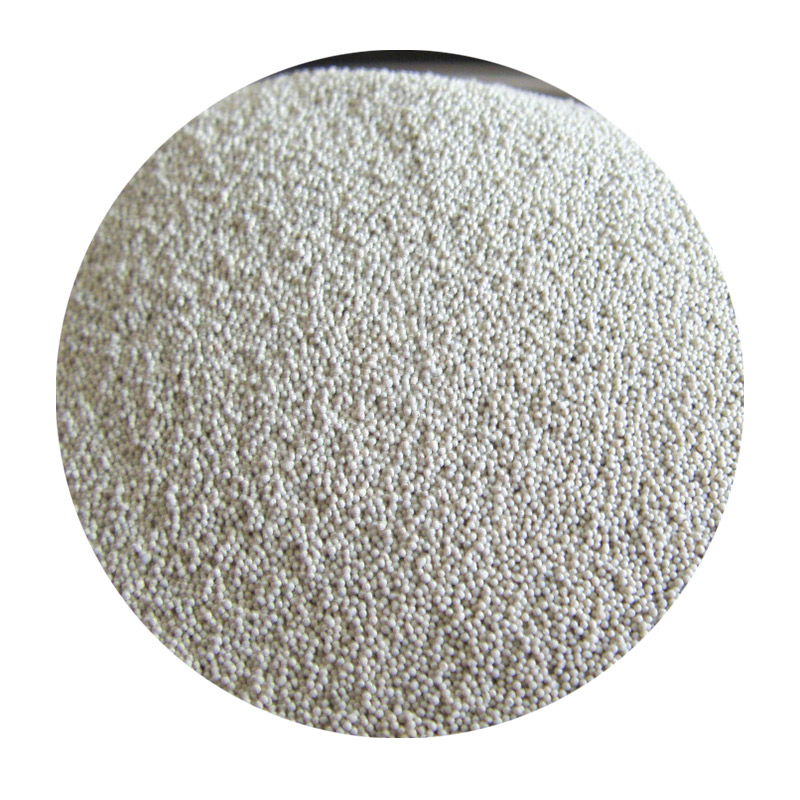

The regenerative capacity of foundry sand is often an underestimated asset. Not only does the sand's recyclability confer an economic edge, but it also aligns with sustainable manufacturing practices. Through mechanical or thermal reclamation methods, used foundry sand undergoes purification to remove residual binders and entrapped metal particles, allowing it to re-enter the production cycle with minimal performance loss. This recycling process underscores the industry’s commitment to minimizing environmental impact while maintaining high-quality standards—a testament to its authority and trustworthiness in responsible resource management. From an engineering standpoint, the thermal qualities of foundry sand cannot be overstated. Its capacity to conduct heat while maintaining an insulating barrier is pivotal in preventing defects like hot tears or shrinkage cavities. The temporal pacing of cooling influenced by the sand’s composition determines the microstructure and eventual mechanical properties of the castings. Engineers and metallurgists frequently engage in rigorous trials to refine these parameters, ensuring that every casting meets precise specifications laid out by designers or industry standards. Furthermore, the storage and handling of foundry sand deserve meticulous attention. Protecting the sand from excessive moisture or contamination ensures its performance consistency. Sheltered storage areas and controlled environment facilities are often employed by leading foundries to maintain the sand's quality throughout its lifecycle, underscoring the commitment to delivering reliable and trustworthy casting solutions to their clientele. In conclusion, foundry sand composition encompasses an intricate blend of materials crafted to cater to the demanding conditions of metal casting. Its precise formulation is essential not just for casting excellence but also for process sustainability and operational efficiency. Guided by expertise, empirical data, and a commitment to environmental stewardship, foundries continually evolve their sand composition strategies to meet contemporary challenges. This authoritative approach reflects a profound understanding and respect for the essential role that foundry sand plays in the world of metallurgy. Post time:பிப் . 12, 2025 18:18
Next:best way to sand stainless steel
